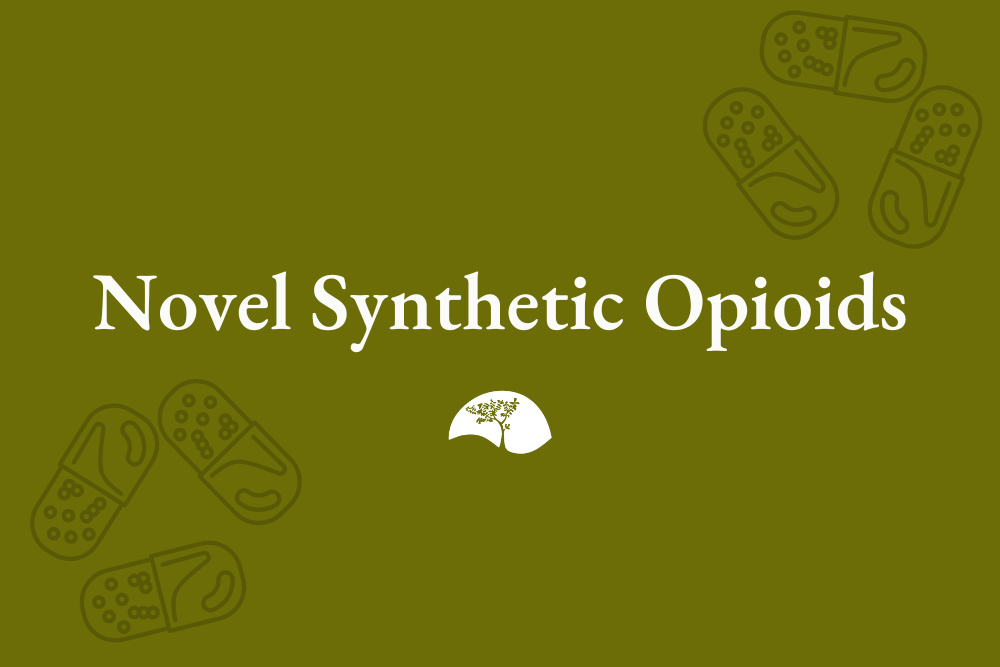The opioid epidemic has been a nationwide crisis for years, claiming the lives of approximately 130 people daily. However, in recent years, the introduction of novel synthetic opioids has changed the opioid epidemic’s trajectory.
Like heroin, morphine and oxycodone, human-made opioids like fentanyl bind to receptors in a user’s brain. However, they take effect much more quickly and require smaller doses to create the characteristic sense of euphoria. These qualities make novel synthetic opioids more dangerous and deadly.
Novel Synthetic Opioids List
While opioids such as morphine are naturally occurring substances derived from the seed pod of some poppy plants, novel synthetic opioids come from a lab. These two types of opioids work identically, providing pain relief and a release of feel-good neurotransmitters like dopamine. However, they also have undesirable side effects like confusion, drowsiness, dizziness, nausea and vomiting.
Often, novel synthetic opioids turn up as adulterants in heroin or ingredients in counterfeit prescription medications. As soon as various countries pass laws about these drugs, new compounds quickly become available, making consistent regulation difficult.
Novel synthetic opioids include fentanyl, U-47700 and other structurally similar substances such as acetyl fentanyl, butyryl fentanyl, beta-hydroxythiofentanyl and furanyl fentanyl. Fentanyl, initially synthesized in the late 1960s, was once relatively unknown outside hospitals. The FDA approved it as an intravenous analgesic in the 1970s. Within a year of going off patent, fentanyl sales increased tenfold, soon followed by reports of abuse by health professionals with access to the drug.
The Dangers of NSOs
Because natural and synthetic opioids have a high potential for abuse, they are on Schedule I of the Controlled Substances Act. While all opioids suppress central nervous function, NSOs do so more rapidly, which can cause a fatal overdose within minutes. That’s why illicit black-market NSOs have driven a dramatic rise in accidental deaths.
During an overdose, essential brain and body functions start shutting down. Usually, an opioid overdose victim will be unresponsive, with clammy skin and a bluish tint around their lips and fingernails. Their heart rate and breathing will be much slower than normal, and you might hear a gurgling or rattling sound coming from their throat.
If you notice any of these signs, call 911 immediately. While you wait for first responders to arrive, do what you can to keep the overdose victim awake and upright. There’s always a risk that an unconscious person might stop breathing or choke on vomit.
Find Health Care Customized for Your Needs
Hemet Valley Recovery Center is a hospital-based addiction treatment facility in California’s Inland Empire. We have designed specific programs for people of all ages and walks of life. Here, you will have access to hospital-grade diagnostic services and treatment for co-occurring conditions, including chronic pain and mood disorders. Our experienced staff members will help you address addiction and other health problems in a safe, comfortable environment.
As an ASAM Level 4 facility, we provide the most comprehensive treatment available. You will benefit from having 24/7 support from registered nurses and meeting with a counselor. To verify your insurance coverage and learn more about how we can help you, contact our admissions team today.


